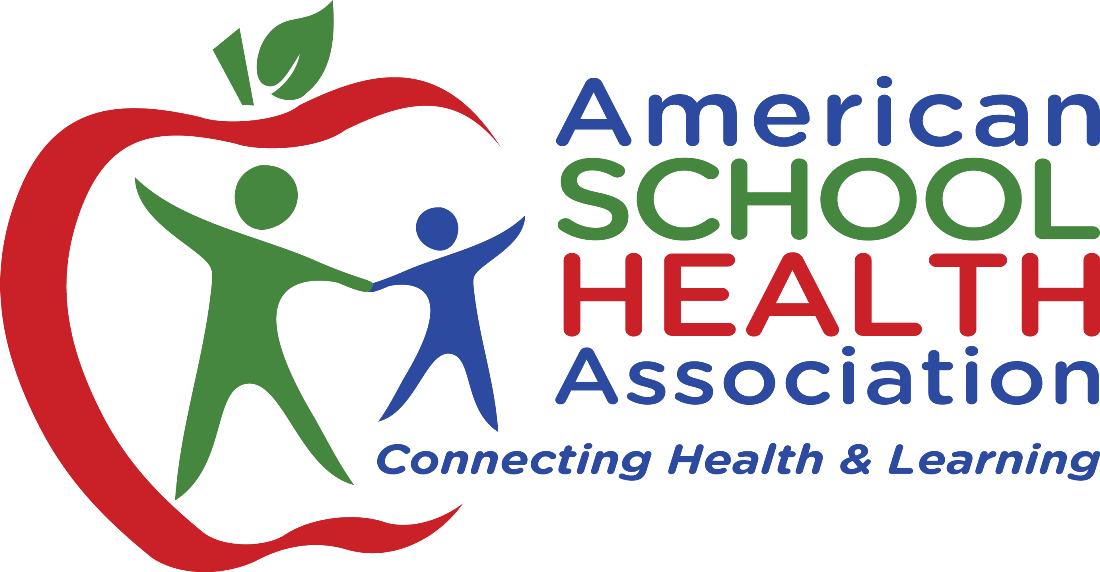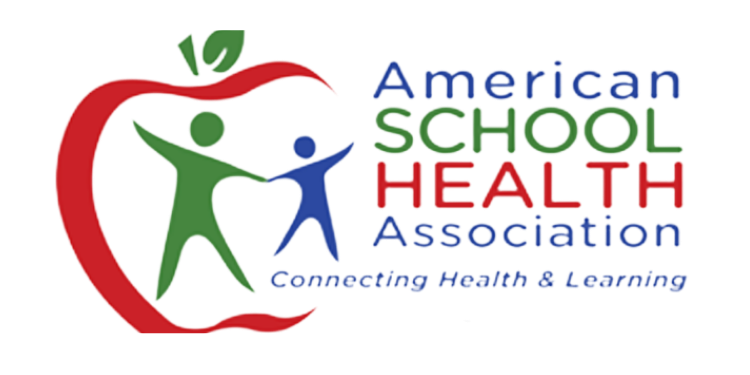Why Am I Here? Musings on Health Education, Media, and Teens
I was honored to serve on a panel for Teens, Health, and Technology: How Teens Use Online and Mobile Health Information and Tools, presented by the Center for Media and Human Development at Northwestern University and held at the Pew Charitable Trusts Conference Center in Washington, DC on June 2. When I looked at the bios of the other panelists, I wondered why they asked me to serve. I don’t conduct research, I am not a prominent government official, and I am certainly not an expert on adolescents or technology. After reading the report, it became clear why I was there: I was the voice of school health! No other panelist represented the hardworking nurses, health educators, physical educators, counselors, and other members of the coordinated school health team.
If you have not yet read the report that this panel was centered around, you should. We know that our youth are always “connected”— on social media, surfing the web, tweeting, and watching YouTube videos. The report provides a few surprises, however. Kids say they get a lot of health information from their parents. While that may be reassuring to some, it causes me some concern. Simply put, who educates the parents about health matters? Are parents truly health literate simply because they are adults? Parents get their own health information from the internet, friends and co-workers, other parents or their own parents. If they had a health class in high school, it was probably long ago and far away in a world where Instagram was a Polaroid picture…
The survey also says that kids get a lot of information from health classes in school. Before you leap to your feet and shout “Eureka,” let’s think about this. How many states include health education as a high school graduation requirement? If required, how long is the “course?” What is covered in that one credit (or one-half credit) course? How many mandates are teachers expected to cover in that one required course (e.g. bullying, ATOD prevention, HIV, driver education, first aid, suicide prevention—the list goes on and on and varies from state to state). Did they take their last health ed class in grade 7 or 9? Are students allowed to replace health education with a fitness class or substitute participation on a high school sports team?
Some kids say they get a lot of information from doctors and nurses. That’s a good thing, right? However, one of the panelists pointed out that a routine adolescent well-child visit is less than 15 minutes in duration with very little time dedicated to answering the teen’s questions or providing guidance. We also know that school nurses are often overextended—serving upwards of 1500 or more students in high schools. And, we know that many school nurses cover more than one school, making it difficult to establish relationships with students and their families. School nurses now deal with serious health issues that may leave little time for health counseling. In some schools, the school health office is viewed as the place where sick and injured kids go for help, not the place you go to ask health-related questions. Access to school-based health centers may also be limited due to staffing or space.
So, is it any wonder that kids go to the internet for information and guidance? It’s quick and easy and they get an immediate “answer.” Some kids (and adults) go online to “self-diagnose.” Others look for advice to improve their own health while others search for help for a family member. Having worked with adolescents most of my career, it does not surprise me that kids most often seek information on fitness, exercise, diet and nutrition. Adolescents are very concerned about their appearance and society’s focus on being fit is often equated with being popular.
The report addresses socio-economic disparities as well as the negative viewing habits of teens. Teens know how to access pornography online and can access sites that promote drinking games and eating disorders. One thing for sure: adolescents rely heavily on Google searches and generally click on the first site that pops up because they perceive it to be the most reliable. Fortunately, some teens are able to distinguish between commercial sites and those sponsored by government or educational institutions.
As a panelist, it was my job to explain what is happening in schools today. In the short time allotted, I explained that health education is not part of the core and that national organizations, including ASHA, are petitioning Congress to include it in the Every Child Achieves Act (the new name for ESEA). I also explained the curriculum development process (about how revisions occur every 5-10 years or even longer) and how in some school districts, teachers cannot “go online” and use digital resources without prior approval from school officials. Many older schools, especially those in urban areas, are not wired throughout. Access to the Internet may be limited to certain subjects or wings of a school building so a health teacher may have limited or no access to the websites and media students use on a daily basis. In addition, budget cuts impact school health programs at every level. A whole child approach is based on relationships and personalization—keeping kids connected and in school is critical. School nurses, counselors, and other school health team members are valuable resources for students, not only to help them with health-related questions or problems, but to direct them to reliable and current online resources. However, when money is tight, these are often the first positions to be eliminated.
This report is a call to action for school health professionals—we need to do a better job connecting our “content” to reality. We need to address health literacy in elementary school and build and develop those skills in authentic ways. We need health education to become real and relevant for children and youth and we need it to become “the core subject.” We also need to educate parents and school officials so our hands are not tied with outdated textbooks and “safe” materials from 1989. We need to embrace media in all its forms—the good and the bad—and help kids navigate it safely and successfully.
ASHA supports the inclusion of health education as a core subject but that is only the beginning. Sure, we have national standards and tools like the HE-CAT. But what happens in the classroom is where the rubber meets the road. We have a lot of work to do and if we, as school health professionals, do not step up, someone else will be there to show a YouTube video and call it health education.


